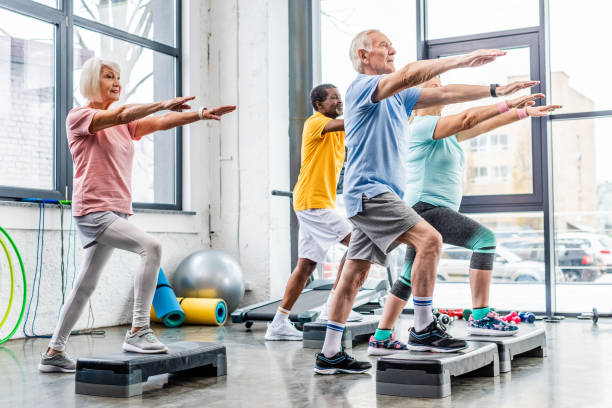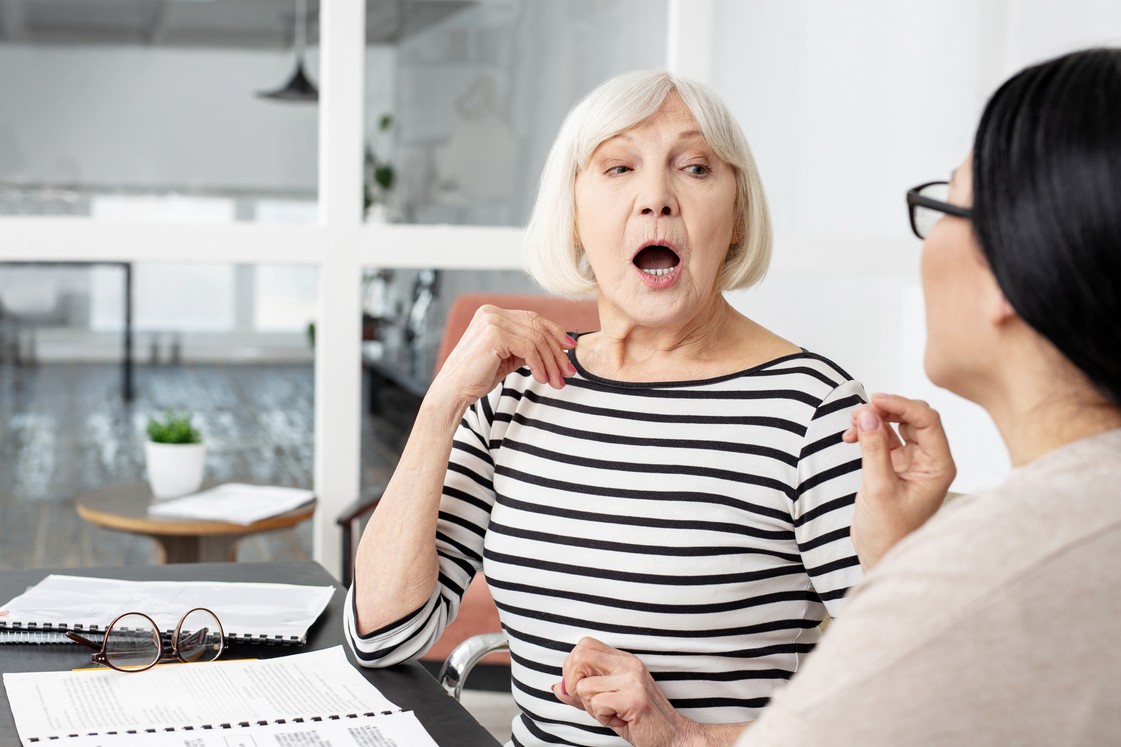Living with Parkinson’s Disease can feel like an uphill battle, especially when simple tasks become harder over time. But here’s some encouraging news: exercise can make a real difference. For many people with Parkinson’s, the right types of movement can help reduce symptoms, improve balance, and make everyday life easier. Whether you’re newly diagnosed or have been managing Parkinson’s for years, staying active is one of the best things you can do for your body and mind.
In this blog, we’ll walk you through the best exercises for Parkinson’s Disease, explain the benefits, and help you understand how to safely get started.
Why Exercise Matters for Parkinson’s Disease
Parkinson’s Disease affects the brain’s ability to control movement. Over time, it can cause symptoms like muscle stiffness, slower movement, tremors, and balance problems. While there is no cure yet, regular physical activity has been shown to:
- Improve flexibility and strength
- Enhance balance and reduce falls
- Support better posture and coordination
- Boost mood and reduce anxiety
- Help with better sleep and daily energy
Exercise also encourages the release of brain chemicals that support movement, making it a simple and natural way to manage symptoms.
Best Types of Exercises for Parkinson’s Disease
The most helpful approach often includes a mix of different exercises. Here are some great options to include in a weekly routine.
1. Aerobic Exercises

These exercises help improve heart health and endurance.
Examples:
- Walking outdoors or on a treadmill
- Swimming or water aerobics
- Cycling (stationary or regular bike)
Benefits:
- Boosts stamina and energy
- Helps improve mood
- Supports heart and lung function
Tip: Try walking 20–30 minutes a day, three to five times a week.
2. Strength Training

Building muscle strength can help make everyday tasks like standing, lifting, and climbing stairs easier.
Examples:
- Using resistance bands
- Lifting light weights
- Doing bodyweight exercises like squats or wall push-ups
Benefits:
- Improves muscle tone
- Helps with posture and joint support
- Reduces fatigue
Start with two sessions per week, focusing on major muscle groups like legs, arms, and back.
3. Balance & Coordination Exercises

Balance is often affected in Parkinson’s, leading to a higher risk of falls. These exercises can help restore stability.
Examples:
- Tai chi
- Dance therapy
- Yoga or Pilates (beginner level)
Benefits:
- Increases body awareness
- Builds confidence in movement
- Reduces fall risk
A few sessions each week can make a big difference.
4.Stretching & Flexibility Routines

Parkinson’s can cause muscles to feel stiff and tight. Daily stretching helps loosen the body and improve comfort.
Examples:
- Neck rolls and shoulder stretches
- Seated hamstring stretches
- Gentle back twists
Benefits:
- Improves range of motion
- Reduces muscle stiffness
- Prepares the body for other exercises
Do light stretches every day, especially in the morning or before exercise.
5. Speech & Facial Exercises
Parkinson’s can affect speech and facial movement. These exercises help keep your voice strong and clear.
Examples:
- Speaking slowly and loudly (LSVT LOUD method)
- Breathing exercises
- Facial movements like smiling, eyebrow raises, and cheek puffs
Benefits:
- Helps improve speech clarity
- Supports better breathing control
- Maintains social communication
A speech therapist can guide you with simple home routines.
Benefits You Can Expect Over Time
With regular movement, many people notice:
- Fewer episodes of stiffness and freezing
- Better balance and walking speed
- Improved posture and breathing
- Greater confidence in daily tasks
- A brighter mood and less fatigue
Results may take a few weeks to show, so patience and persistence are important.
Frequently Asked Questions (FAQs)
1. Can exercise slow the progression of Parkinson’s Disease?
Exercise doesn’t stop the disease, but it can slow down how fast symptoms develop and help you stay more mobile and independent.
2. What exercises should Parkinson’s patients avoid?
Avoid exercises that require sudden, quick movements or involve high risk of falling. Always choose safe and stable environments.
3. Is it safe to exercise every day with Parkinson’s?
Yes, but mix up the types of movement and listen to your body. Include light activities like stretching and walking daily.
Looking for Help ?
If you or your loved one is living with Parkinson’s and are unsure where to begin, Dr. Ninad Patil can guide you through the treatment process. He helps people in Pune manage Parkinson’s symptoms, including movement-related challenges, with supportive and easy-to-follow plans.
To learn more or schedule a visit, consider reaching out to Dr. Ninad Patil — known for his thoughtful approach to Parkinson disease treatment in Pune. His support can help you combine the best exercises for Parkinson’s Disease with proper guidance to improve daily movement and comfort.



